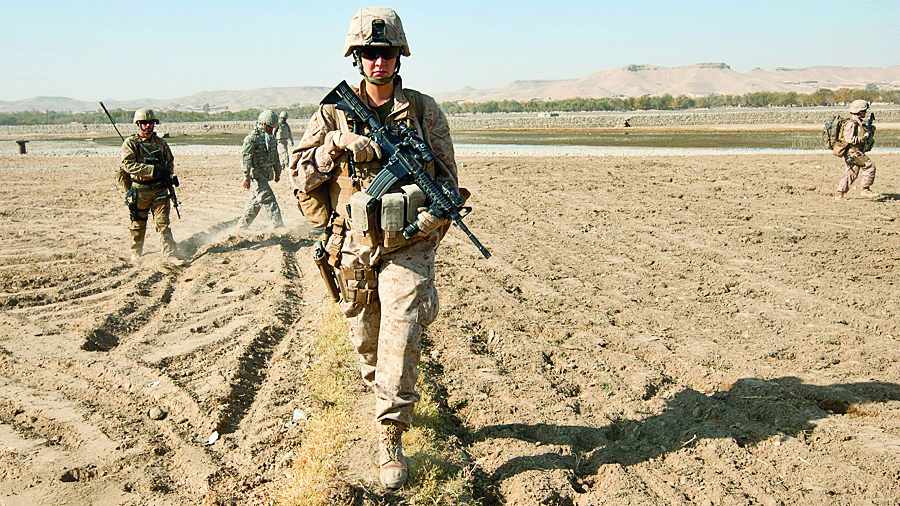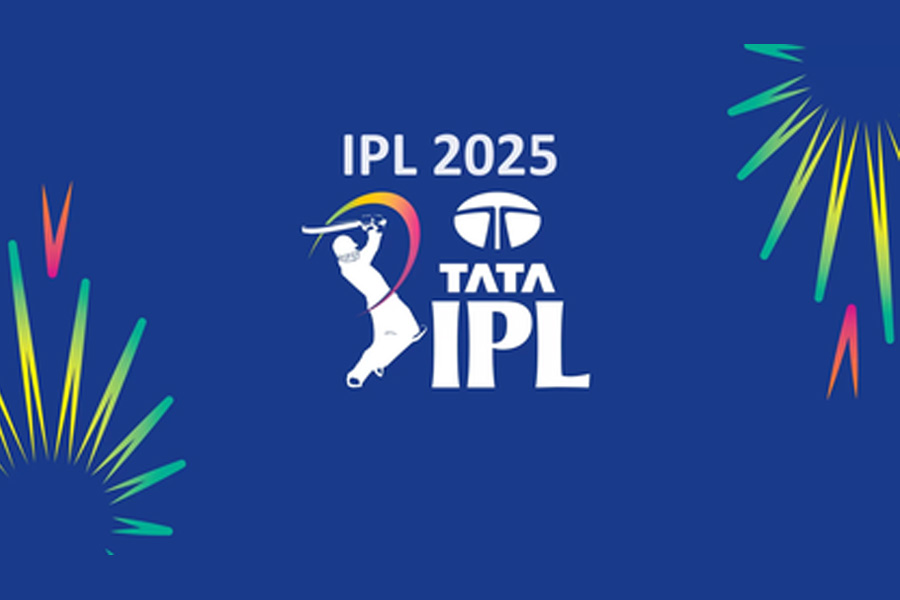Book name: The Afghanistan Papers: A Secret History of the War
Author: By Craig Whitlock,
Publisher, Price: Simon & Schuster, Rs 799
Hanoi in April 1975 and Kabul in August 2021 symbolized everything that a great power is expected to avoid: fear and chaos, of course, but also, more damningly, the message of the futility and the waste of it all. In retrospect, it appears that both Vietnam and Afghanistan wars were unwinnable in any political sense. How does the most powerful nation in the world, in many ways the greatest repository and generator of knowledge and analysis in the world today, repeatedly end up in this position? In The Afghanistan Papers, the answer is that this happened because for over three consecutive presidential administrations, realistic assessments about the presence of the United States of America in Afghanistan were suppressed. In effect, the government lied to its public and lacked “the courage to admit that the United States was slowly losing a war”.
Craig Whitlock found evidence of this contrarian view expressed clearly in a US government project titled, ‘Lessons Learned’, in which over an extended period of time hundreds of its personnel — military and civilian — in the Afghanistan enterprise were interviewed. The aim was to continuously diagnose policy shortcomings and failures with the aim of improving them. Because this was a government project, not meant for public consumption, those interviewed spoke candidly. The interviews covered areas central to the entire US experience of conflict and governance in Afghanistan over two decades. The list begins from the fundamental issue of how the US intervention transformed from a military engagement to one of remaking Afghanistan into a modern State. It includes widespread corruption, the massive opium trade and, finally, the failure to build a workable security apparatus. Each of these different heads was itself a colossal undertaking for the US in an environment it struggled to understand.
The ‘Lessons Learned’ interviews were obtained only after The Washington Post — Whitlock’s employer — put its full weight behind securing the transcripts through a prolonged legal contest using the Freedom of Information Act. These interviews have been supplemented in the book by other government records similarly extracted, including ‘oral history interviews’ which the US army had commissioned from those who had served in Afghanistan. Based on this vast documentary record, the book seeks to reveal that “the official version of the war being fed to the American people was untrue, or aggressively sanitized at best.”
What emerges is that the war which had begun in the aftermath of 9/11, with near unanimous domestic US and international support, seemed to be over almost as soon as it started. The Taliban folded up in a few weeks. The original missions had appeared crystal clear: defeat al-Qaeda and ensure that Afghanistan would not serve as its base again. But once the immediate objectives were achieved, the picture blurred and “mission creep” set in with the aim now being to build a modern democratic State. This automatically meant excluding the Taliban from future governance. Many of those interviewed later saw this as the “original sin”. What should have been a negotiation with the Taliban on the US’s terms, became, within a decade or so, the exact opposite when the engagement with the Taliban did begin. As the US invasion of Iraq led to a significant disinterest in Afghanistan, a larger rot also set in. The ‘nation building’ project — a top-down enterprise from the beginning — started floundering despite the huge financial commitments. “Between 2001 and 2020 Washington spent more on nation building in Afghanistan than in any country ever... Adjusted for inflation, that is more than the United States spent in Western Europe with the Marshall Plan after World War II.” These huge disbursements regardless of absorptive capacities led to massive corruption within the Afghanistan government, eroding other programmes, including those of building a modern army and police. From 2006, the Taliban resurgence began and domestic US political priority necessitated putting a positive spin on the situation. The contrarian voices — what the bulk of this book details — were ignored and the whole structure resembled a train heading for a crash in slow motion. The book ends with the April 2021 announcement by President Joe Biden to withdraw all US troops by September 2021 while admitting that there would be never a good time to leave and, therefore, “we should not stay”.
Those events are still close. There will, therefore, be different takeaways for readers of this book: political and tactical misjudgment; the hollowness of the structures created in Afghanistan post-2001; the role of Pakistan and so on. For this reviewer, the real takeaway is the capacity of any system — even one based on checks and balances and numerous fail-safe mechanisms — to delude itself by operating through insular and credulous echo chambers. One of the ‘Lessons Learned’ interviewee’s employed a phrase for this: “a self licking ice cream cone”. That is the real lesson which any national security perspective, including ours, can ill-afford to ignore.











